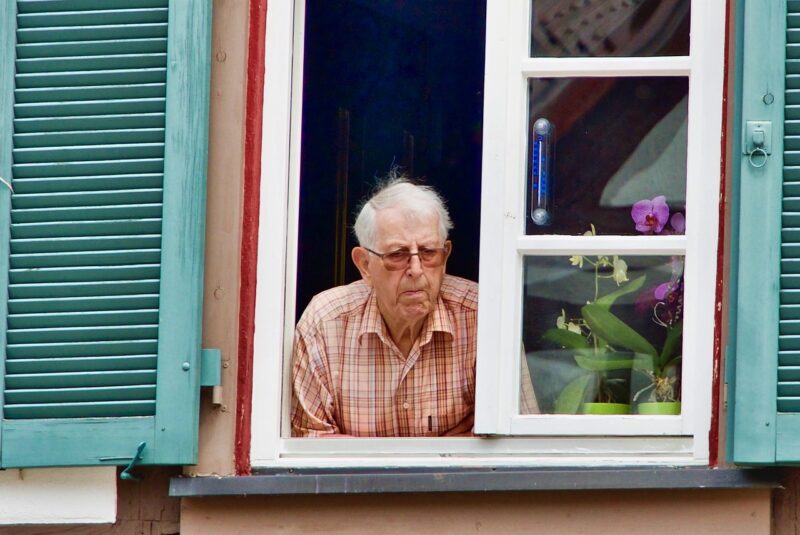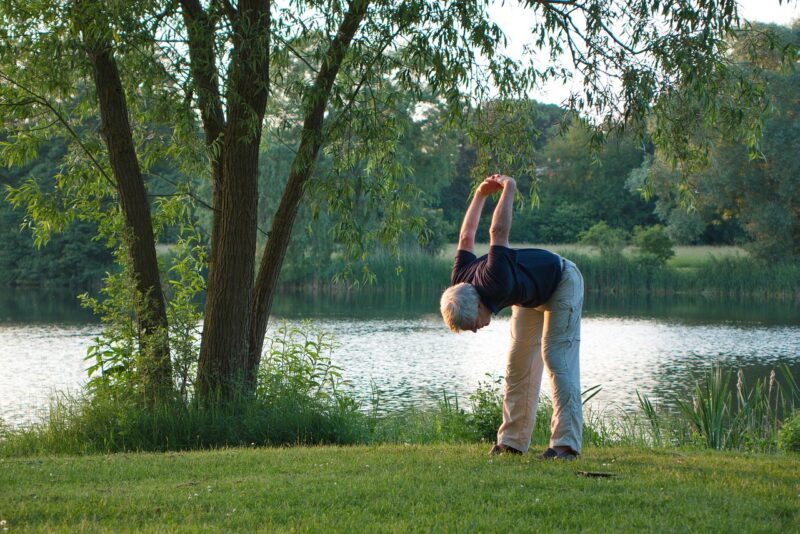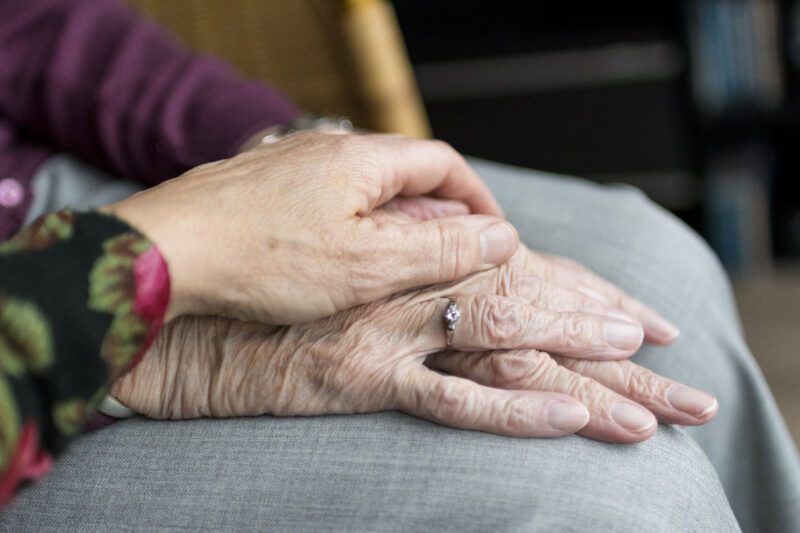Likas Nursing Offers Medical Escort Services
Imagine that you are elderly, frail, or feeling weak, either because of surgery, pain, or chronic or acute illness. Imagine that you have a loved one who is as such, and place yourself in his or her shoes. You need to get to a medical appointment, but you don’t know what questions to ask, you tend to be forgetful about what doctors say, or you may have some concerns that you’re worried you will not be able to articulate. If this is you (or your loved one), then perhaps a medical escort is the best option for you.









